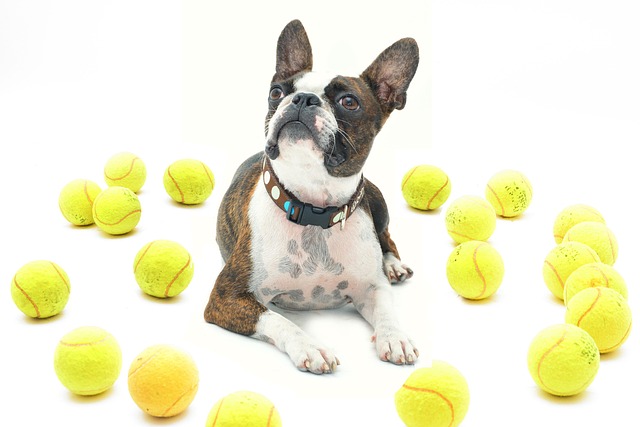
How long does it take for my dog to get rid of roundworms?
Finding tiny, spaghetti-like worms in your dog’s poop or seeing them vomit a small worm is enough to make any owner worry—and wonder how quickly you can fix it.
Gum disease in dogs often creeps in quietly, starting with a little bad breath before progressing to red, swollen gums. By the time you notice your pup wincing when they chew, it might already be advanced. The good news? You can fight back using simple, natural methods that fit seamlessly into your daily routine.
Start with what goes in their bowl. Crunchy foods like raw carrots or apple slices (remove seeds!) act like natural toothbrushes, scraping plaque as they chew. Adding a splash of unsweetened coconut oil to their meals can also help—its antibacterial properties support healthy gums, just make sure to introduce it slowly to avoid upset tummies.
Daily brushing doesn’t have to be a battle. Use a soft-bristled brush designed for dogs and a pet-safe toothpaste (never human formulas, which contain ingredients toxic to them). Start with 10 seconds a day, focusing on the outer surfaces of their teeth, and build up as they get used to it. Many dogs even come to enjoy the attention.
Herbal rinses can make a difference too. A weak solution of chamomile tea, cooled completely, can be gently swabbed on their gums with a cotton ball. It soothes irritation without harsh chemicals, a bonus for pet owners who prefer natural care. Just check with your vet first if your dog has any health conditions.
 Chew toys aren’t just for fun—they’re part of your prevention plan. Look for rubber toys designed to clean teeth, like those with nubs that massage gums as they chew. Avoid hard plastics or bones that could crack teeth, and always supervise playtime. Rotating toys keeps them interested, ensuring they get regular “brushing” through play.
Chew toys aren’t just for fun—they’re part of your prevention plan. Look for rubber toys designed to clean teeth, like those with nubs that massage gums as they chew. Avoid hard plastics or bones that could crack teeth, and always supervise playtime. Rotating toys keeps them interested, ensuring they get regular “brushing” through play.
Water additives might become your new best friend. Some natural options, made with ingredients like aloe vera or green tea extract, can be added to their water bowl to help reduce bacteria. They’re easy to use and great for dogs who resist brushing, though they shouldn’t replace it entirely.
Regular check-ins with your hands help catch issues early. Once a week, gently lift their lips and look for signs: redness, bleeding, or tartar buildup that looks like yellow or brown crust. Familiarizing them with this handling makes vet visits easier too—many regions require annual dental exams as part of responsible pet care standards.
Don’t overlook the power of exercise. Active dogs tend to have better overall health, including healthier mouths. Regular walks and play sessions boost circulation, which supports gum health from the inside out. Plus, it’s a great excuse to spend extra time bonding with your pup.
Watch for warning signs during grooming. If their breath suddenly gets worse, or you notice loose teeth, it’s time for a vet visit. Gum disease can lead to more serious health issues, affecting organs like the heart and kidneys, so early intervention matters. Many areas have regulations that tie pet health to public welfare, making preventive care a legal as well as moral duty.
Remember, consistency beats intensity. Skipping a day of brushing won’t undo progress, but sticking to a routine—even a simple one—will keep their gums healthy for years. Natural prevention isn’t about perfection; it’s about small, daily steps that add up to big benefits for your dog’s smile.

Finding tiny, spaghetti-like worms in your dog’s poop or seeing them vomit a small worm is enough to make any owner worry—and wonder how quickly you can fix it.

Waking up to find your dog’s vomit on the living room rug is never fun—but when you spot streaks of red in it, panic sets in fast.

Your pup might start panting so hard their sides heave, or their gums turn bright red—those are the first signs heat stroke’s setting in. Don’t panic, but act fast: move them to a shaded spot right away, maybe near a fan if you’re at home.

If you’re a new dog owner in California staring at your 7-month-old Corgi’s red, itchy ear—just after a playdate at the park—or a first-timer in Ohio wondering how your indoor

That frantic head shaking and constant scratching at the ears can make any dog owner wonder if ear mites are the culprit. While ear mites are a common assumption

Many dog owners pause when they spot tiny, thread-like objects in their pup’s poop after deworming—wondering if those could be dead hookworms.